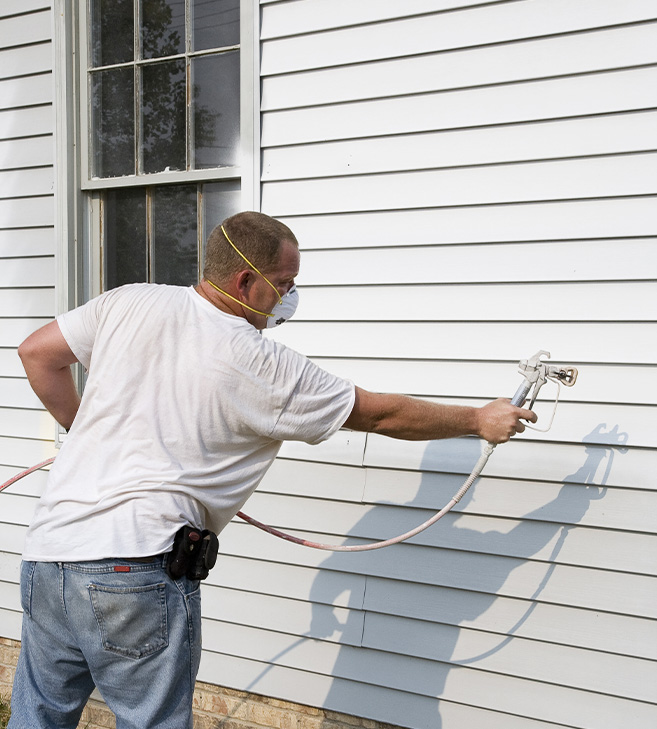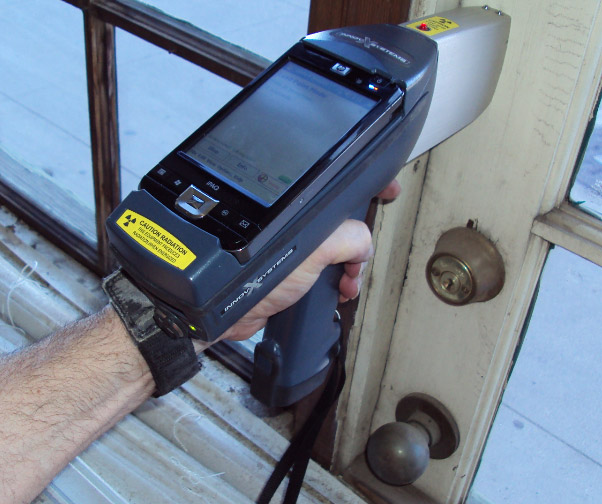A guide to HPD lead violation removal for landlords.
A guide to HPD lead violation removal for landlords.
Blog Article
Clear HPD Lead Infractions and Protect Your Residential Property Financial Investment
Navigating the intricacies of HPD lead infractions is vital for building proprietors who prioritize both compliance and renter security. With the significant health and wellness threats linked with lead exposure, particularly in older structures, resolving these offenses is not just a regulative responsibility however a tactical financial investment in the home's lasting worth.
Comprehending HPD Lead Infractions
Lead offenses identified by the Department of Real Estate Conservation and Advancement (HPD) are vital concerns that require instant attention due to the significant health threats related to lead exposure, especially in kids. HPD lead violation clearance. These violations commonly occur in buildings constructed before 1978, when lead-based paints were frequently used. Characteristic that fail to comply with HPD guidelines might face considerable legal and financial repercussions

Additionally, preserving conformity not only ensures occupant safety and security but also safeguards residential property worth and investment. Home proprietors need to proactively take care of lead risks by performing routine inspections and applying essential rehabilitative steps to adhere to HPD guidelines.
Wellness Threats of Lead Direct Exposure
Exposure to lead postures considerable wellness threats, specifically for at risk populations such as kids and expectant females. Lead is a poisonous metal that can cause a variety of damaging health and wellness results, largely impacting the anxious system. In youngsters, even low degrees of lead direct exposure can result in developmental delays, discovering troubles, and decreased IQ. The impact can be long-lasting, affecting academic performance and general lifestyle.
Expectant women subjected to lead might experience issues such as preterm birth, reduced birth weight, and developing issues in their youngsters. The fetus is especially at risk to lead's damaging impacts, as it can conflict with mind development.

Provided these severe health and wellness risks, it is essential for residential property owners to attend to lead threats proactively. By making certain compliance with lead safety laws, they not just safeguard the health and wellness of their renters but also protect the worth of their residential property investments. Understanding and timely action are crucial to reducing the risks related to lead direct exposure.
Steps to Resolve Violations
Attending to lead violations is important for maintaining both renter security and property value. The primary step in fixing lead offenses is to carry out an extensive evaluation of the building to determine locations where lead threats may exist. Involve a qualified lead examiner or risk assessor to execute this evaluation, ensuring that all possible concerns are documented.
Once the inspection is complete, it is important to establish a remediation strategy customized to the particular violations identified. This plan must adhere to regional and government policies and lay out the required actions to remove lead threats efficiently. Hiring a qualified lead abatement professional is advisable, as they have the expertise and equipment to take care of YOURURL.com lead securely.
After removal work is completed, a follow-up assessment needs to be carried out to validate that all lead hazards have been effectively attended to. Recording the entire procedure, including inspections, removal try this out initiatives, and communication with renters, will certainly help keep transparency and secure your building investment in the long term.

Value of Timely Activity
Taking punctual activity to resolve lead offenses is essential for securing lessee health and wellness and ensuring compliance with lawful responsibilities. Lead direct exposure presents considerable health and wellness risks, particularly to at risk populations such as children and pregnant females. By addressing these violations quickly, home owners demonstrate a dedication to renter well-being and public safety and security.
In addition, prompt resolution of lead violations is necessary for fulfilling governing requirements. The New York City Division of Real Estate Preservation and Growth (HPD) implements rigorous guidelines concerning lead paint dangers, and failure to comply can cause serious fines, consisting of fines and lawsuit. Hold-ups in dealing with these problems can exacerbate the circumstance, bring about a lot more substantial removal efforts and enhanced costs.
Additionally, resolving offenses promptly cultivates count on and transparency between residential property owners and lessees. Open interaction concerning lead safety actions improves renter satisfaction and can reduce potential disputes.
Keeping Building Worth
Routinely resolving lead offenses is critical for keeping home value in today's competitive real estate market. Characteristics with unsettled lead problems can deal with considerable depreciation, hindering prospective purchasers and decreasing rental earnings possibility. Purchasers and capitalists are increasingly cautious regarding health and wellness requirements; consequently, properties lacking conformity with lead policies may be deemed liabilities instead of possessions.

In addition, buildings that show a positive strategy to lead violation remediation signal a commitment to lessee safety and security and total home maintenance. This not only boosts marketability but additionally promotes lessee retention, lowering turn over expenses. Characteristic that are certified with wellness codes often attract higher-quality tenants going to pay a costs for a risk-free living setting.
Furthermore, keeping proper documentation and a clear history of Click This Link lead assessments and remediation can further bolster home value. This openness constructs trust with prospective purchasers and tenants, showing that the residential or commercial property has actually been well looked after and is without unsafe conditions.
Ultimately, focusing on lead compliance is not simply a regulative responsibility; it is a critical investment in the lasting value and value of your home. Safeguarding your investment today makes sure a more successful tomorrow.
Conclusion
In conclusion, resolving HPD lead violations is crucial for guarding both occupant health and residential or commercial property financial investments. Prioritizing lead safety mirrors a liable technique to building monitoring, strengthening the importance of preserving a secure living setting for all occupants.
Report this page